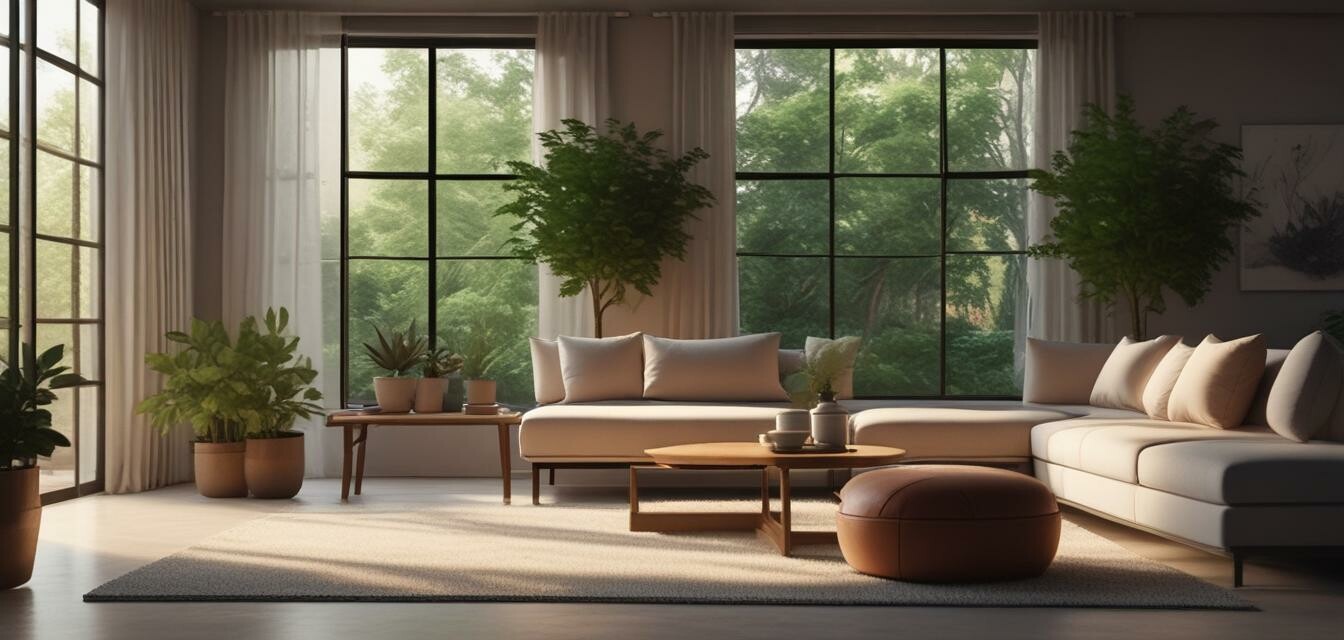
How to Foster a Mindfulness Environment at Home
Key Takeaways
- Space is essential for mindfulness; declutter to create an inviting area.
- Incorporate natural elements for serenity, such as plants and soft lighting.
- Use tools like aromatherapy products and wellness supplements to enhance your experience.
- Establish a daily routine that includes time dedicated to mindfulness practices.
- Your mindfulness environment reflects your personal style while fostering tranquility.
Create a sanctuary at home that supports your mindfulness practices. In today's fast-paced world, finding peace and clarity can be challenging. By intentionally designing your home environment, you can cultivate a space that encourages relaxation and mindfulness. In this article, we will explore various tips and tools to help you foster a mindfulness environment at home.
1. Assess your space
Take a moment to evaluate your current living situation. Ask yourself the following:
- Which areas feel cluttered or chaotic?
- Where do you spend most of your time practicing mindfulness?
- What aspects of your environment make it easier or harder to relax?
2. Declutter and simplify
Decluttering is integral to creating an environment conducive to mindfulness. Consider the following steps:
- Clear surfaces: Remove unnecessary items from desks, tables, and countertops.
- Organize your space: Use storage solutions to keep items tidy and easy to access.
- Create a designated mindfulness area: Set aside a corner or room for your mindfulness practices.
3. Incorporate natural elements
Bringing nature indoors can enhance your mindfulness space. Here are a few ideas:
- Add plants: Incorporate houseplants to purify the air and bring life into your space.
- Use natural materials: Opt for wooden furniture, bamboo mats, or stone decor.
- Introduce natural light: Enhance your space with sunlight to brighten your mood.
4. Set the ambiance
The right ambiance can significantly impact your mindfulness experience. Here are several ways to create a relaxing atmosphere:
| Element | Implementation |
|---|---|
| Lighting | Use soft, warm light sources like lamps and candles. |
| Sound | Incorporate soothing sounds, such as water features or gentle music. |
| Aromatherapy | Use essential oils or diffusers to create calming scents. |
5. Utilize mindfulness tools
Consider incorporating specific tools that support your mindfulness journey:
- Aromatherapy products: Create an inviting atmosphere through scent.
- Massage oils and tools: Utilize for relaxation and tension relief.
- Wellness supplements: Enhance your overall well-being.
- Relaxation tools: Explore aids that foster relaxation.
6. Establish a routine
Consistency is key. Consider developing a daily routine that reinforces your mindfulness practices:
- Set aside specific times for meditation or mindfulness activities.
- Create rituals around these practices, such as lighting candles or preparing herbal tea.
- Reflect on your experiences in a journal to track your progress.
7. Personalize your space
Let your personality shine through as you create your mindfulness environment:
- Incorporate artwork or decor that resonates with your journey.
- Use colors that evoke serenity and peace.
- Make adjustments that align with your personal preferences.
Conclusion
Creating a mindfulness environment at home is an ongoing process that requires attention and intention. By taking the time to assess your space, declutter, and implement calming elements, you'll foster an environment that supports mindfulness practices. You can explore more on how to use healing modalities effectively in our [Wellness Tips](https://www.wellnessandrecoverytools.com/blog/wellness-tips) section.
Beginner's tips for building a mindfulness environment
- Start small: Focus on one room or area before expanding.
- Experiment with different approaches until you find what feels right.
- Be patient: Cultivating a mindfulness environment takes time and practice.
Pros
- Promotes relaxation and reduces stress.
- Enhances focus and mental clarity.
- Boosts overall well-being and satisfaction with life.
Cons
- Requires an initial time investment to set up the environment.
- May involve costs for some tools or decor.
